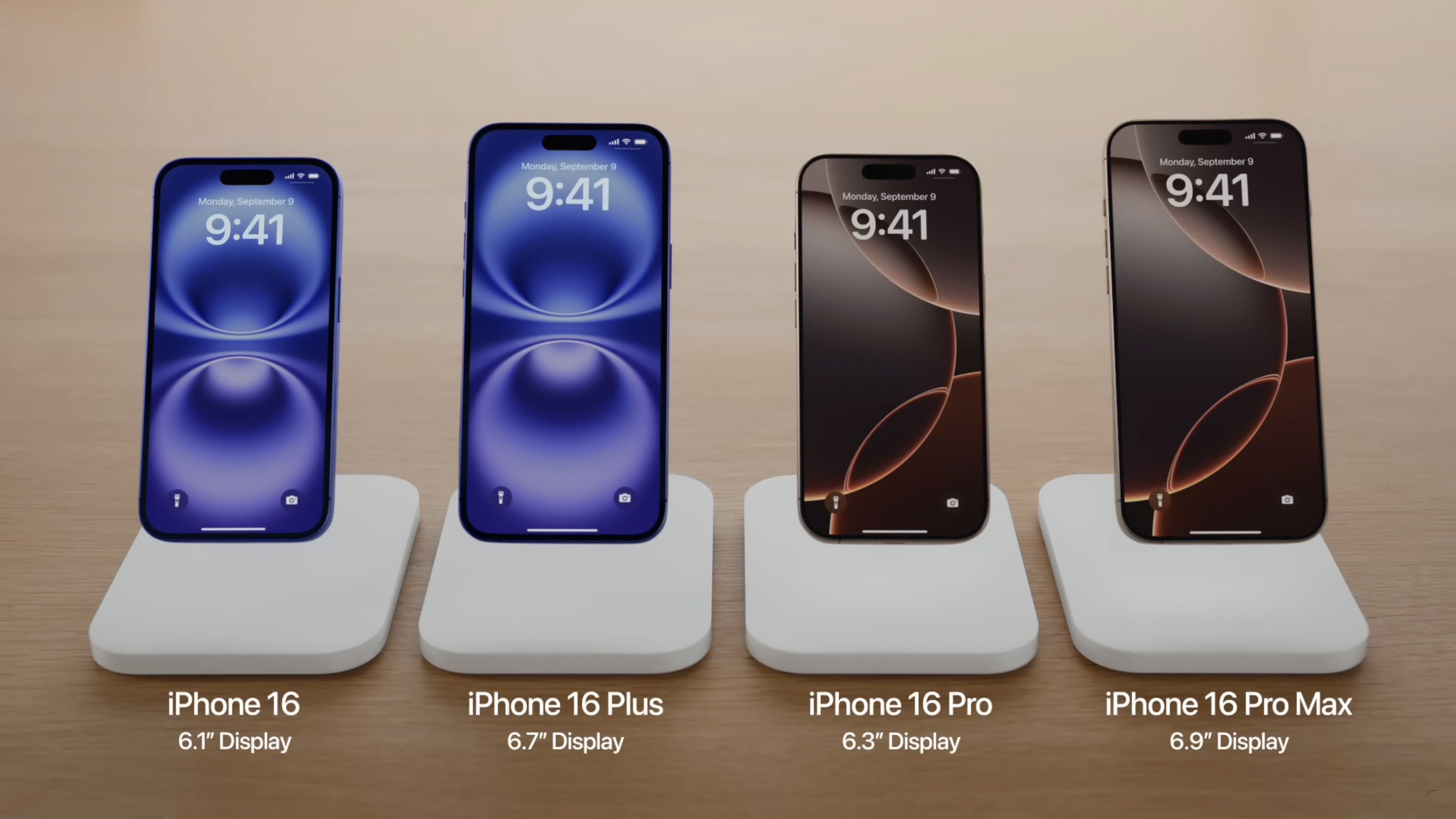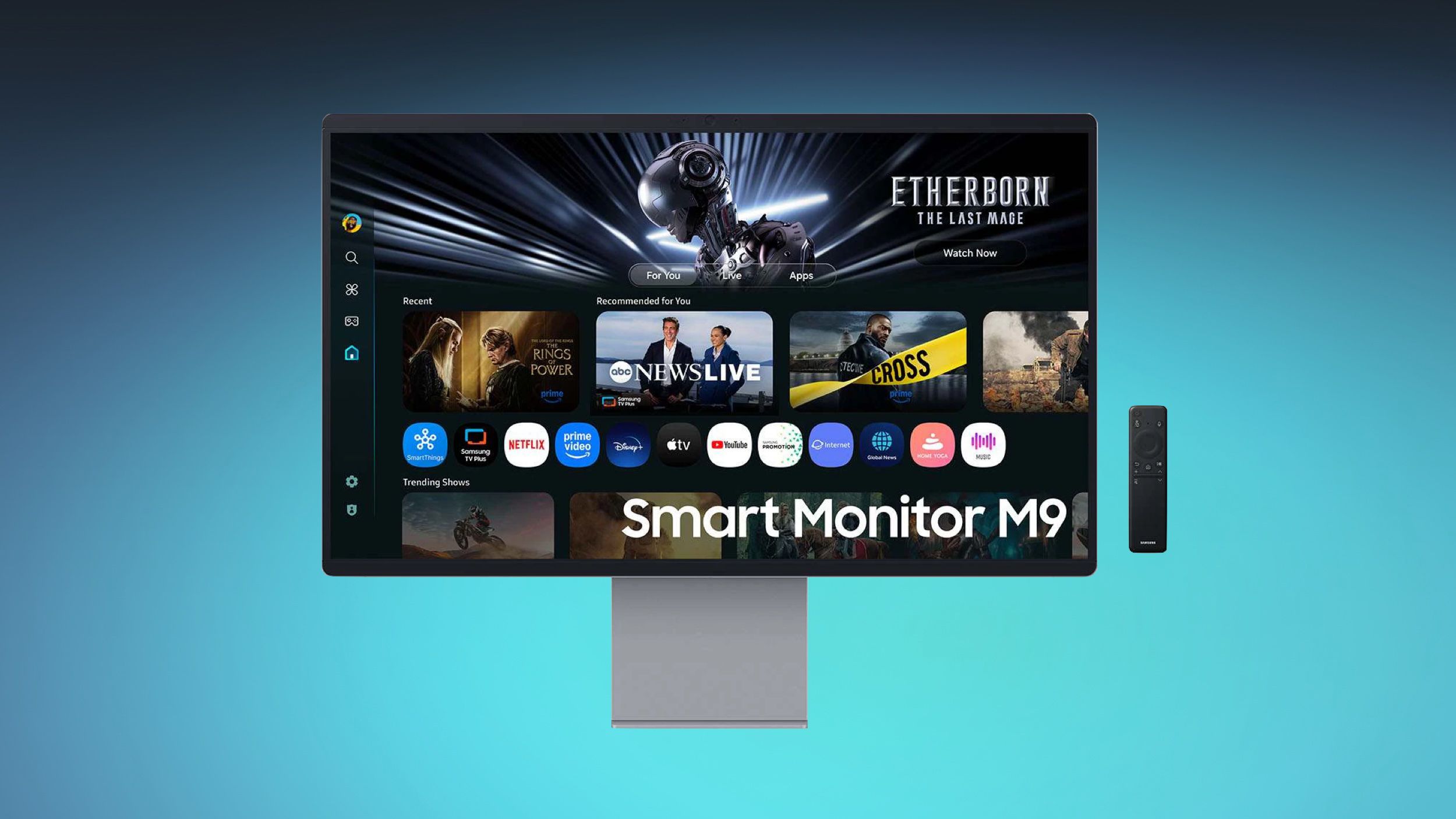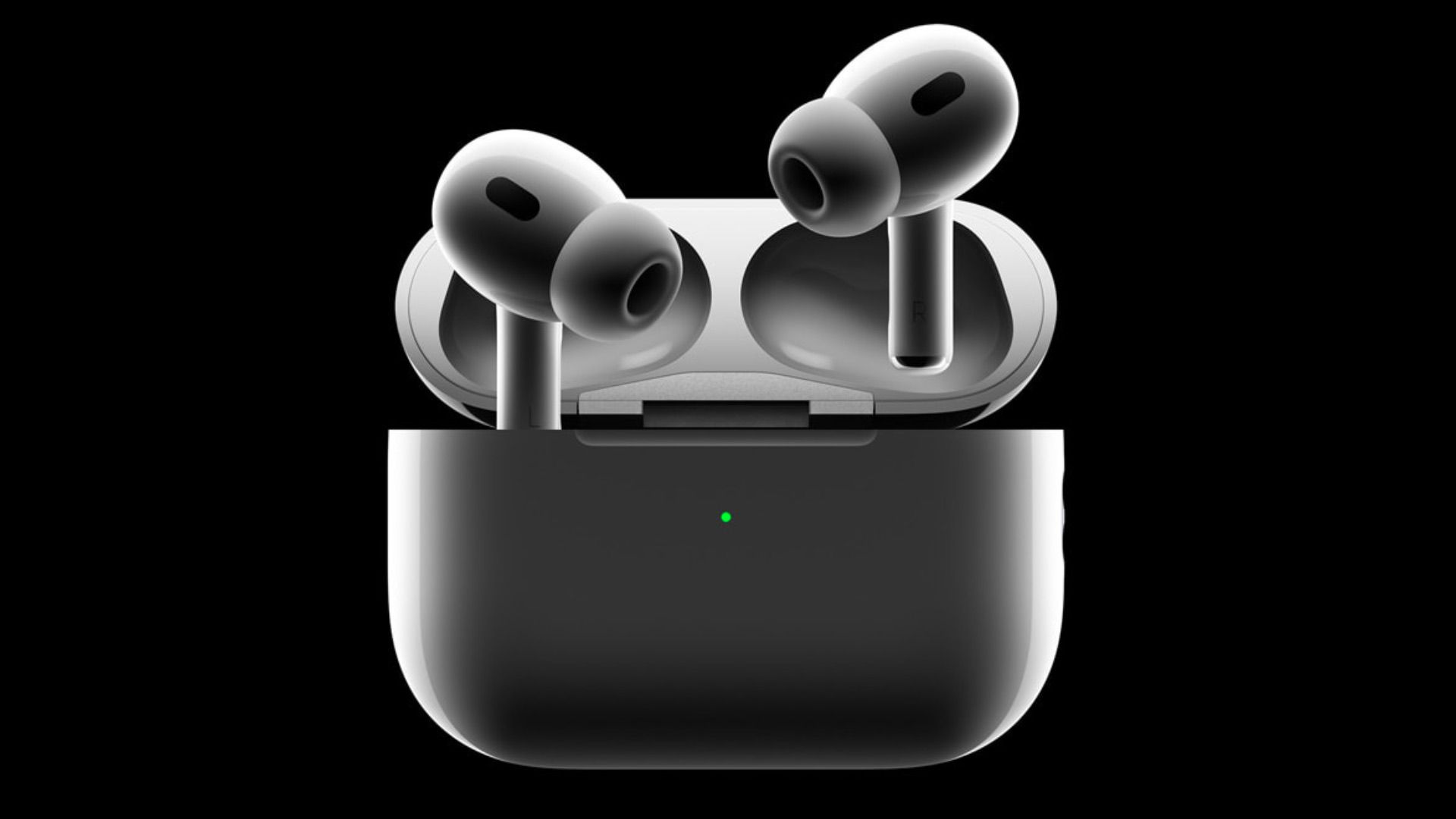Have a look at my other Apollo blog entries – this is the latest device – or as it says on their website – Sorry – I just had to steal that promo from their website and no they don’t pay me or even ask for good reviews – so I as you may know from the blog, I have other Apollo presense and movement sensors – and of all the sensors I have they’ve proven to be the best.I suspect they are all small to medium batch production as all their cases are 3D printed – so not as slick as some – but hey – they PERFORM – that’s the important thing.I long ago gave up on the various types of simple movement sensors… put one in front of you, sit at a desk and stay still long enough to watch a YouTube video or browse AI information, whatever – and… no movement of course so they fail to detect you.
Apollo sensors have presence AND movement detection and so don’t fall into that trap.The combination of movement and presence in their existing devices has worked 100% for months now.Thanks to their ESP-HOME code and Home Assistant integration, my office knows for sure if I’m there or not (controlling a shedload of lights, PC monitors, aircon etc).
If I leave for over 15 minutes (my choice) the lot turns off.As soon as I come anywhere near my desk, it all comes back up – not one false reading since I started.Even 3 awkward cats have failed collectively to trigger the sensors on the MSR-2 or MTR-1.
So as I write this I’ve only just opened the box so we’re on a journey together – no instructions, nothing… I won’t go through the whole unwrapping – all their stuff always arrives well packed.As you see above left, the branding is on the outer packaging.Enough waffle – you get the sensor unit in it’s 3-printed housing – bench mount, ceiling mount and some assorted clips.
The sensor runs on USB-C (power supply not included).To quote Apollo – “This versatile sensor supports true PoE (802.3 compliant) and USB-C power, and includes built-in Wi-Fi and Bluetooth connectivity, enabling flexible installation and seamless smart home integration.Its small form factor combined with PoE or USB-C power options makes the R PRO-1 ideal for quick deployments in a wall or ceiling.” Well, that says it all.
POE, or WiFi – I’ll stick with USB-C, Ethernet and the simple desk mount for now, to start the ball rolling… I could take the easy way out and ask Apollo what to do now, but let’s give it a go.So – plugged into power and Ethernet – the Ethernet light is flashing and that’s it.No other apparent activity..
of course, for all I know there may be no firmware in there yet.Ah, good choice – as I just realised that POE isn’t enabled by default – again to quote their site “The device proudly carries the Made for ESPHome badge, ensuring full compatibility and easy integration with the ESPHome ecosystem and Home Assistant.It will ship with a Wi-Fi firmware that can easily be changed to PoE in the device dashboard.” Not sure what I was expecting but the device has not automagically appeared in Home Assistant yet (I’d not fully apperciated that no PoE actually meant no Ethernet).
I’ll go poking with my favourite tool – Advanced IP Scanner – I dread to think how many years I’ve been using that for free.“Error 5 – make sure the filter is dry” – oops, looks like Robbie the vacuum has run over the cat’s water bowl again.But I digress.
So there’s no ETHERNET never mind PoE turned on by default.Off to get my phone – sure enough – there’s a new hotspot appearing on my phone… “Apollo R Pro 1 Hotspot”.Not unsurprisingly – as I went into that hotspot by selecting it as the WiFi source on my phone… up pops a range of access points to put the Apollo onto my network..
Ok, done – the unit is now on my network..but what now, I wonder? Will I be lucky and see a bunch of entities magically appear in Home Assistant? I’m not kidding – I’ve no idea.Nope – not going to be that easy? In my router – WiFi clients I can see include “apollo-mtr-1-xxx” – Oh and “apollo-r-pro-1-xxx” – THERE IT IS… this thing has more entries in it’s web page than I’ve ever seen before… Ignore the CO2 reading – that’s a plug in chip option and that was not included….
In the list above which appeared in my browser at the address my router pointed me to, near the bottom RGB light – right – lets have a purple light..Oh, no, I forgot – on the web interface you have white with level control and some flashing options.Other Apollo boards have lots of entries like this but I don’t think as many.
For the entries that say N/A or show nothing – I’m missing some optional bits.Well when I get this running in Home Assistant I’m sure the colour control (light) option will appear.There I am seconds later with the sensor sitting on my desk in front of me – this is so much fun.
See below… distance is not far off and we have speed, x and y, angle….STILL TARGET COUNT is zero as I’m not sitting still.If I sit ABSOLUTELY STILL that changes to 1.
This is how I started with Their earlier sensors but quickly moved into Home Assistant to actually DO something.What I’ve NOT shown you on that web page is the log on the right hand side – VERY comprehensive.OOOH, look – it’s just been discovered by Home Assistant… right.
ADD.Let me see – 1 device – 148 (yes – 148) entries.This is going to take some time to sift through.
Priorities – I’ll get that coloured light up first.In one of my many pages in Home Assistant’s UI I have a dedicated section for Apollo stuff as you’ll see below… how long do you think it will take to duplicate the light control in the apollo Air-1 for the Pro-1.You guessed it – about a minute.
90 seconds later – there it is complete with purple light… I’m absolutely loving this – and there’s so much more.I could see me putting this in the ceiling in that nice white ceiling mount.If only everything else was that simple – no MATTER, no CLOUD, no TUYA.
More soon.







